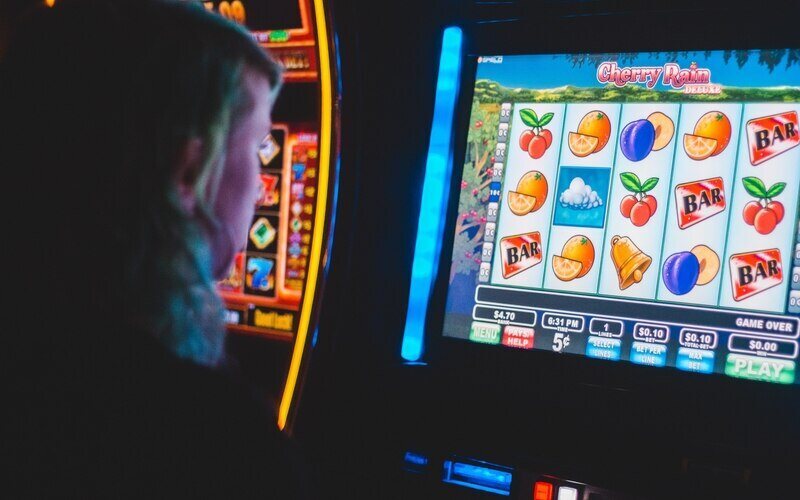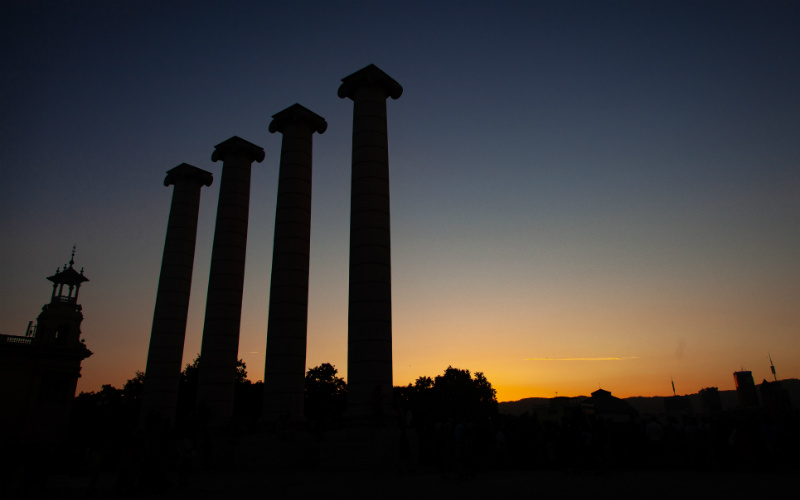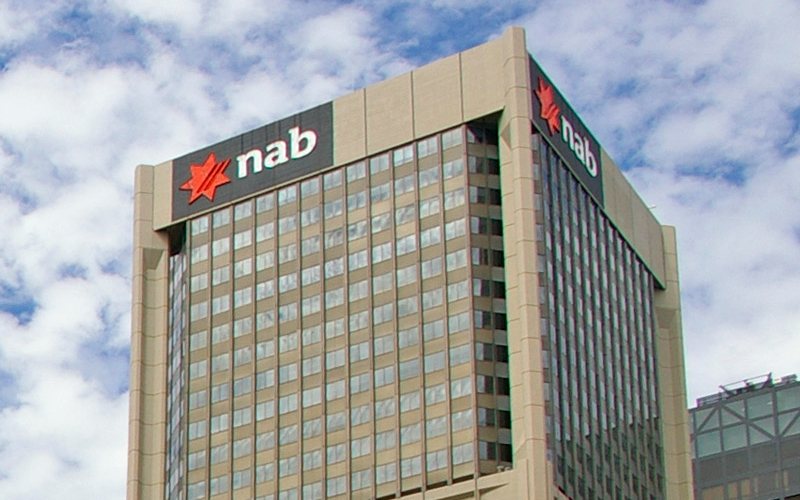The household saving ratio dropped in the December quarter of 2021 as COVID lockdowns and restrictions eased, and government assistance gradually dried up.
According to the latest ABS figures, household gross disposable income fell by 0.5% which was driven by a decline in support payments. Ceased government assistance was partially offset by a rise in compensation of employees.
The fall was also driven by increased household spending - which rose 6.3% in the last quarter - exceeding pre-pandemic levels for the first time.
The savings ratio is still higher than pre-pandemic levels, and higher than pre-Delta levels of 11.8% through the June 2021 quarter.
In the December 2019 quarter, the household saving ratio was 3.6% compared to the current rate of 13.6%.
Household spending recovers as people loosen purse strings post-lockdown
Household spending recovered from the fall in September by rising 6.3% - this means spending is above pre-pandemic levels for the first time.
Spending on services rose 6.3% this quarter. Specifically, spending increased by 24.3% in hotels, cafes and restaurants; 17% on recreation and culture; and 7.9% on health.
There was also a 6.3% increase in spending on goods due to pent-up demand from non-essential retail stores being closed during lockdowns.
"Household spending in NSW, Victoria and the ACT rose 9.6%, compared to the rest of Australia which rose 1.6%," said Sean Crick, ABS' acting head of national accounts.
Australian Gross Domestic Product (GDP) also rose 3.4% in the December quarter of 2021 which the ABS attributes to the end of lockdowns in Victoria and NSW.
Spending on services still sits 3.9% below pre-pandemic levels as travel restrictions remained.
Most Aussies want to save but are challenged by debt and expenses
New research from NAB revealed that more than 10% of Australians don't have $2,000 saved for an emergency and 20% have missed a bill or loan repayment in the past three months.
Of the 2,000 people surveyed, more than 40% said they had a decline in their savings over the past three months and one in three report being highly stressed.
However this doesn't mean that they're not trying to save money, as an estimated 75% of Australians are trying to build up their savings accounts but are challenged by debt, repayments, bills and everyday spending.
This is particularly evident among young people as 90% of 18 to 29 year olds reported that they are trying to save.
NAB Group Executive Personal Banking Rachel Slade said while it was positive financial wellbeing returned to pre-pandemic levels, missing bills or loan repayments is stressful for many people.
"Australians want to save but actually doing it is another thing because of household expenses and everyday activities," Ms Slade said.
"We encourage customers to look at their income and expenses. Customers can do a budget and then work out how much they’d need in an emergency fund, so they’re not caught out with a surprise bill or an unexpected major purchase."
Advertisement
Need somewhere to store cash and earn interest? The table below features savings accounts with some of the highest interest rates on the market.

- Bonus rate for the first 4 months from account opening
- No account keeping fees
- No minimum balance
Image by Kevin Fitzgerld on Unsplash







 Harrison Astbury
Harrison Astbury
 Harry O'Sullivan
Harry O'Sullivan

 William Jolly
William Jolly

